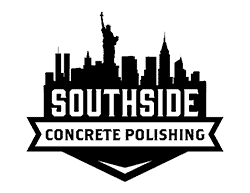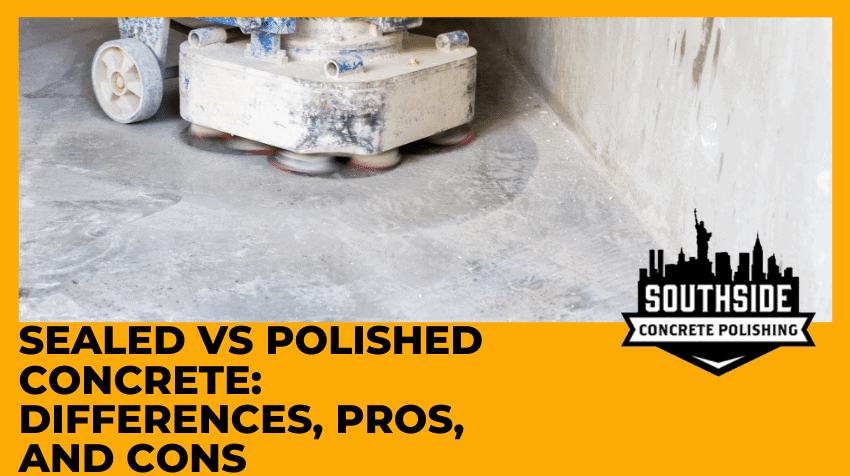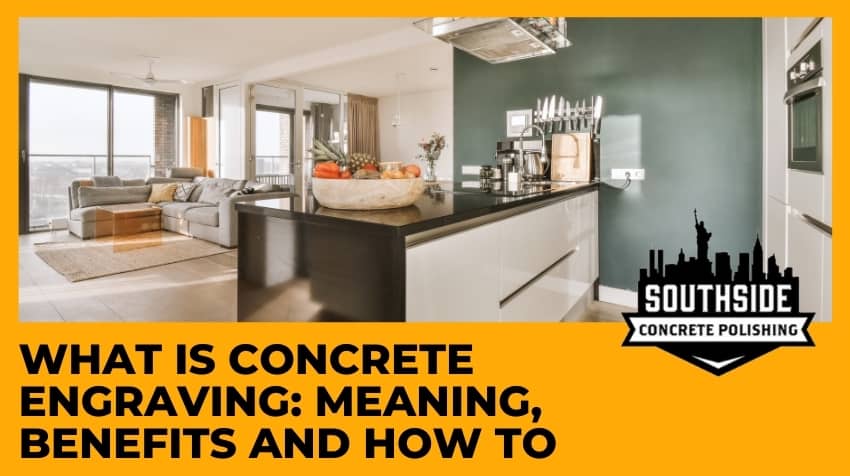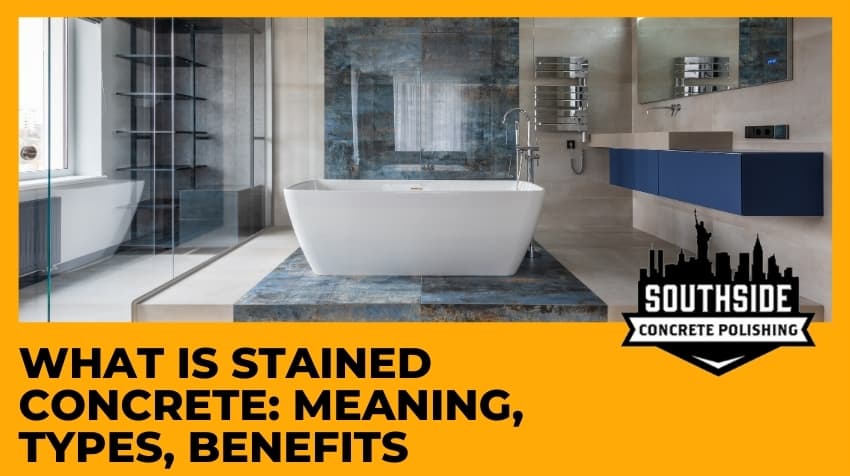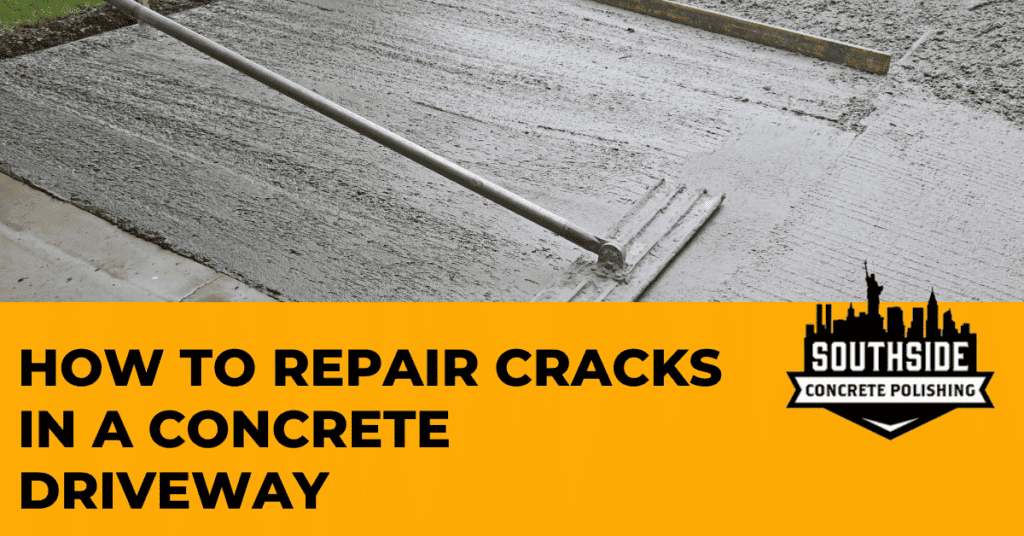When it comes to flooring options, one intriguing comparison is Sealed vs. polished Concrete. As a homeowner, business owner, or construction professional, it’s essential to grasp the disparities, advantages, and drawbacks of these two concrete treatments. Understanding the unique characteristics of sealed and polished concrete helps you to make an informed decision that aligns precisely with your flooring needs.
Sealed concrete and polished concrete have distinct features and benefits that can significantly improve the functionality, aesthetics, and maintenance requirements of your space.
This article delves into the differences between Sealed and polished Concrete, their pros, cons, and tips for choosing one. Let’s dive in!
Sealed vs Polished Concrete: What Are The Differences?
This table describes the fundamental differences between sealed concrete and polished concrete.
| Sealed Concrete | Polished Concrete |
| Achieved by mechanically grinding and polishing the surface of the concrete. | Involves applying a protective layer or sealer on the surface of the concrete. |
| Creates a glossy, reflective finish while improving durability and aesthetics. | Enhances the durability, stain resistance, and appearance of the concrete. |
| Mechanical process involving grinding and polishing with diamond abrasives. | A sealer is applied to the surface, forming a protective barrier. |
| A high-gloss, reflective surface that boosts natural light. | Increased durability and longevity of the concrete. |
| Various levels of sheen, ranging from matte to high-gloss. | Matte, glossy, or decorative finishes are available. |
| Requires periodic cleaning and maintenance to preserve the polished appearance. | Relatively easy to clean and maintain. Periodic resealing may be required. |
Pros of Sealed Concrete
The following are the several benefits that sealed concrete offers that make it a popular choice for various applications.
1. Enhanced Durability
Sealing concrete surfaces provides an added layer of protection, significantly enhancing their durability. The sealer forms a protective barrier that helps to prevent damage from daily wear and tear, such as foot traffic, furniture movement, and impacts.
Sealed concrete is more resistant to scratches, abrasion, and surface deterioration compared to unsealed concrete.
2. Resistance to Stains and Chemicals
Sealed concrete exhibits improved resistance to stains and chemicals. The sealer acts as a shield, preventing substances like oil, grease, and spills from penetrating the concrete and causing permanent stains. This makes sealed concrete particularly suitable for high-traffic areas, commercial spaces, and environments where spills are common, such as garages, kitchens, and workshops.
3. Aesthetic Versatility
You will get a range of aesthetic options to suit different preferences and design styles. Depending on the desired look, various finish options are available, including matte, glossy, or decorative finishes. Sealing can boost the natural color of the concrete, giving it a vibrant appearance. Additionally, sealers can be tinted or stained to achieve specific colors or patterns, allowing for customized and visually appealing surfaces.
4. Easy Maintenance and Cleaning
The sealed surface provides a smooth and non-porous finish, making it resistant to dirt, dust, and stains. Regular cleaning typically involves sweeping or vacuuming to remove debris, followed by mopping with a neutral pH cleaner. The sealed surface minimizes the absorption of spills, simplifying the cleaning process and reducing the chances of long-term damage.
Cons of Sealed Concrete
While sealed concrete offers numerous benefits, it’s important to consider some potential drawbacks before making a decision. Here are a few cons of sealed concrete:
1. Periodic Resealing
Sealed concrete typically requires periodic resealing to maintain its protective properties. Over time, the sealer may gradually wear off due to foot traffic, UV exposure, or chemical exposure. The frequency of resealing depends on factors such as the type of sealer used, the level of traffic, and the specific environmental conditions. Failing to reseal the concrete when necessary can compromise its durability and stain resistance.
2. Sealer Wear and Reapplication
In high-traffic areas or under heavy use, the sealer on the concrete surface may experience wear and tear. This can lead to the loss of its protective qualities, such as stain resistance and durability.
In such cases, reapplication of the sealer may be required to restore the desired level of protection. This process can involve cleaning and preparing the surface before applying a new layer of sealer, which may require time, effort, and additional costs.
3. Limited Repair Options
Sealed concrete may have limitations when it comes to repairing deep damage or cracks. While sealing can enhance the surface’s resistance to minor scratches and abrasions, it does not address structural issues or significant damage to the concrete itself.
If the underlying concrete develops cracks or experiences substantial damage, it may require more extensive repairs or even replacement. It’s important to address any underlying concrete issues before applying a sealer to ensure the best long-term results.
Pros of Polished Concrete
The benefits of polished concrete include:
1. High Gloss and Reflective Surface
One of the key benefits of polished concrete is its ability to create a high gloss and reflective surface. The mechanical grinding and polishing process produces a smooth finish that reflects light, enhancing the overall brightness of the space.
This can help reduce the need for artificial lighting during the day, resulting in potential energy savings and a more aesthetically pleasing environment.
2. Increased Abrasion Resistance and Durability
Polished concrete is known for its exceptional abrasion resistance and durability. The process of grinding and polishing removes the top layer of the concrete, revealing a dense and tightly compacted surface.
This results in a flooring option that can withstand heavy foot traffic, machinery, and other impacts without showing significant signs of wear. Polished concrete is highly resistant to scratches, stains, and surface damage, providing long-lasting performance.
3. Low Maintenance Requirements
Polished concrete has relatively low maintenance requirements compared to other flooring options. The polished surface is smooth and non-porous, making it easy to clean and maintain. Regular maintenance typically involves dry or wet mopping to remove dust and debris.
The absence of a topical coating, such as wax or sealer, eliminates the need for stripping or reapplication. This can save time, effort, and costs associated with ongoing maintenance and periodic refinishing.
4. Sustainability
Polished concrete is considered a sustainable flooring option for several reasons. Firstly, it utilizes the existing concrete slab, eliminating the need for additional materials.
Also, the mechanical grinding and polishing process does not involve the use of potentially harmful chemicals or volatile organic compounds (VOCs). Polished concrete also has a long lifespan, reducing the need for frequent replacement and minimizing waste.
Cons of Polished Concrete
These are a few cons of polished concrete:
1. Higher Upfront Cost
Polishing concrete is a labor-intensive process that requires specialized equipment and skilled professionals. As a result, the upfront costs of polished concrete can be higher compared to other flooring options.
The cost can vary depending on factors such as the size of the area, the level of polishing desired, and any additional treatments or decorative elements. However, it’s worth noting that the long-term benefits and durability of polished concrete may offset the higher initial investment.
2. Susceptibility to Scratches and Imperfections
While polished concrete is highly durable, it is not completely impervious to scratches and imperfections. Over time, visible scratches may appear on the polished surface, particularly in high-traffic areas or under heavy use.
If the underlying concrete has pre-existing cracks or imperfections, they may also become more apparent after polishing. It’s important to assess the condition of the concrete before the polishing process to manage expectations regarding the final appearance.
3. Limited Slip Resistance
Polished concrete can be relatively smooth, which may result in limited slip resistance, especially when the surface is wet. The high gloss and reflective nature of polished concrete may reduce traction, making it potentially slippery in certain conditions.
This aspect should be taken into consideration when selecting polished concrete for areas where slip resistance is a primary concern, such as wet environments or spaces prone to spills.
Tips for Choosing Between Sealed and Polished Concrete
When deciding between sealed and polished concrete, it’s important to consider several factors to make an informed choice. Here are some practical tips to help guide your decision-making process:
1. Assess the Specific Needs and Usage of the Space
Consider the purpose and requirements of the area where the concrete will be installed. If the space is subject to heavy foot traffic or the potential for spills and stains, sealed concrete may be a suitable choice due to its enhanced durability and resistance to stains and chemicals.
On the other hand, if the space is primarily focused on aesthetics and requires a high-gloss, reflective surface, polished concrete may be more appropriate.
2. Evaluate the Desired Aesthetic Appeal and Level of Shine
Think about the desired look and feel of the space. Sealed concrete offers various finish options, including matte, glossy, or decorative finishes, allowing you to customize the appearance to match your preferences.
Polished concrete, with its high-gloss and reflective surface, creates a sleek and modern look that can enhance natural light. Consider the overall design scheme, lighting conditions, and ambiance you want to achieve.
3. Consult with Professionals
Engage with professionals experienced in concrete flooring to assess the existing condition of the concrete and determine the feasibility of each option. They can evaluate factors such as the quality of the concrete, the presence of cracks or imperfections, and the moisture content of the substrate.
Their expertise will also help you understand the requirements and potential challenges associated with both sealed and polished concrete, allowing you to make an informed decision.
4. Consider Maintenance and Long-Term Costs
Think about the long-term maintenance requirements and costs associated with each option. Sealed concrete generally requires periodic resealing to maintain its protective properties, while polished concrete typically has lower maintenance needs. Evaluate your willingness to invest time and resources into ongoing maintenance, as well as any associated costs for resealing or refinishing.
5. Seek Samples and Visual References
Request samples or view completed projects to get a better understanding of how sealed and polished concrete looks in real-world applications. This will help you visualize the final result and assess whether it aligns with your expectations and the aesthetics of your space.
Final Thoughts
Choosing between sealed and polished concrete requires careful consideration of your specific needs and preferences. While both options have benefits, it’s essential to assess factors like usage, desired aesthetics, and maintenance requirements.
At Southside Concrete Polishing, our expertise in assessing concrete conditions and offering personalized advice ensures a flawless result. With our guidance, you can make an informed decision about sealed vs polished concrete that aligns perfectly with your requirements. Begin your journey with us.
Share This Post
